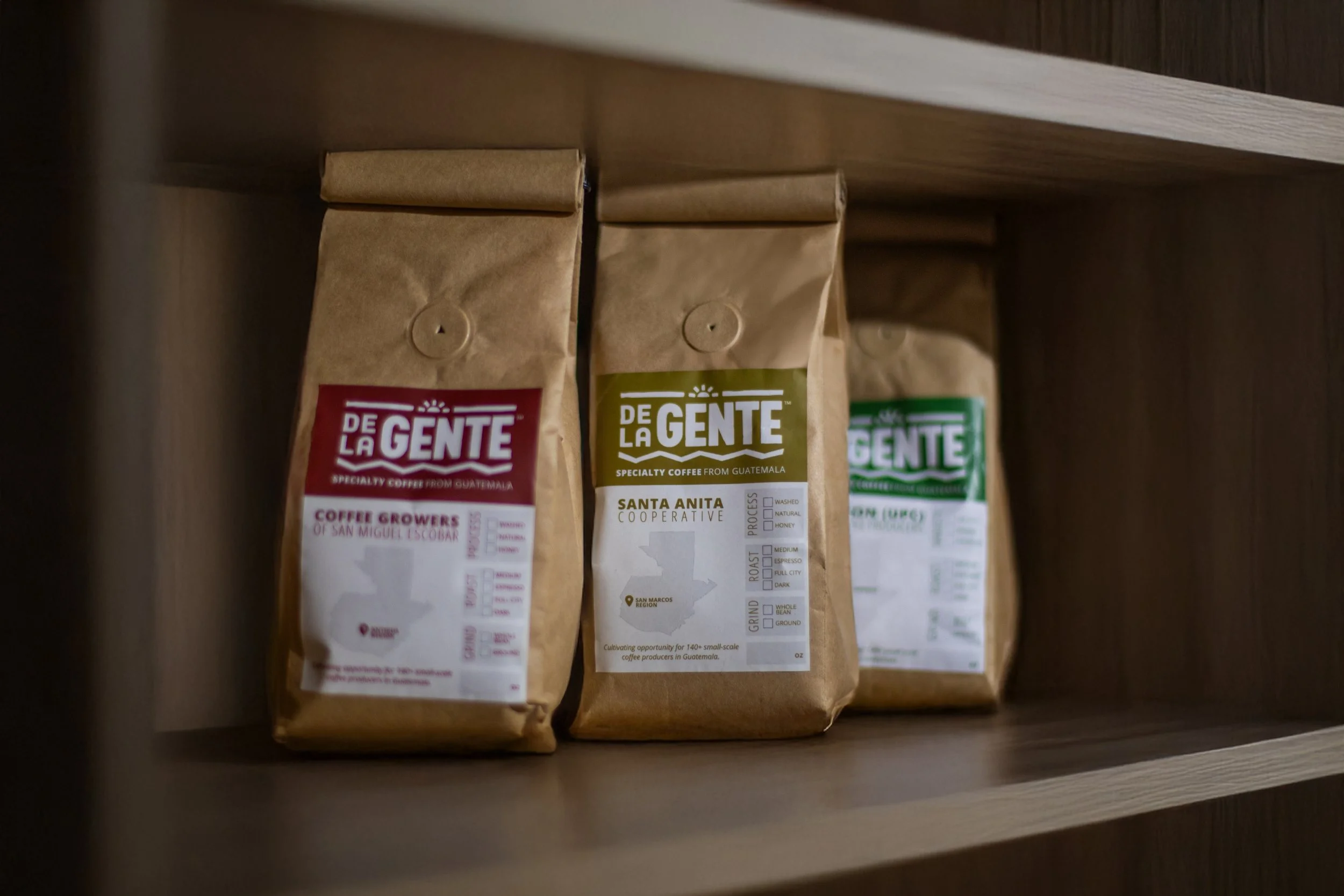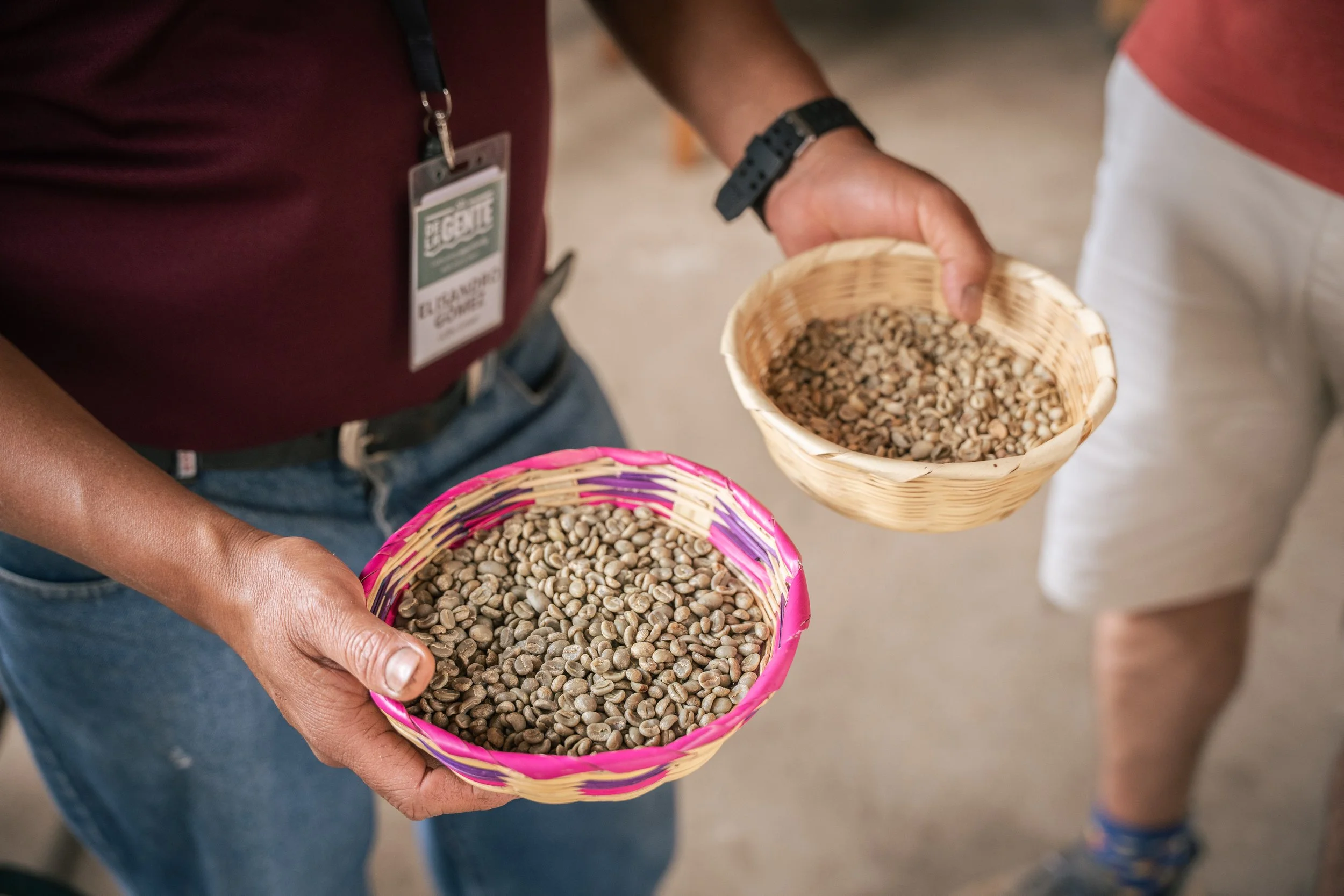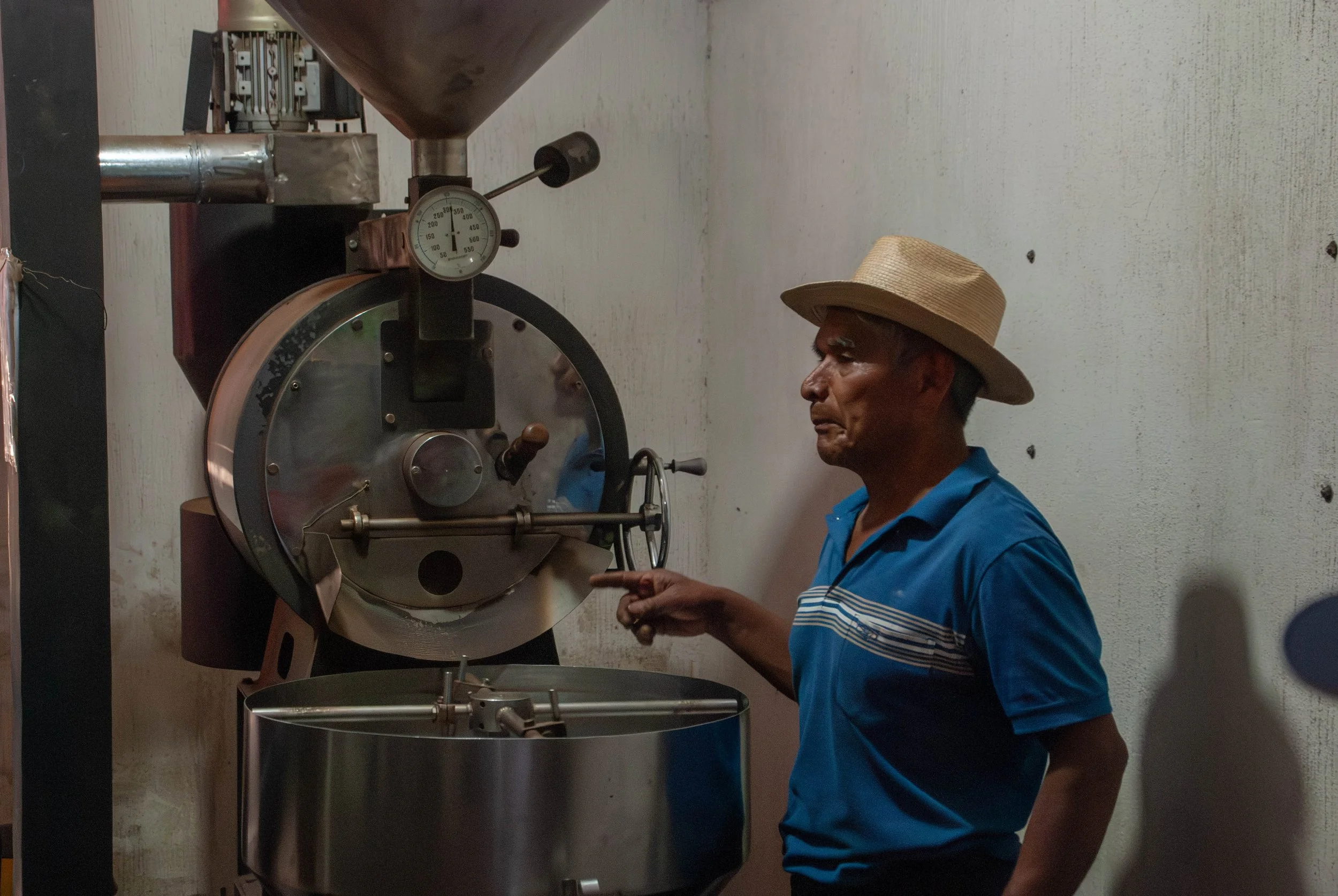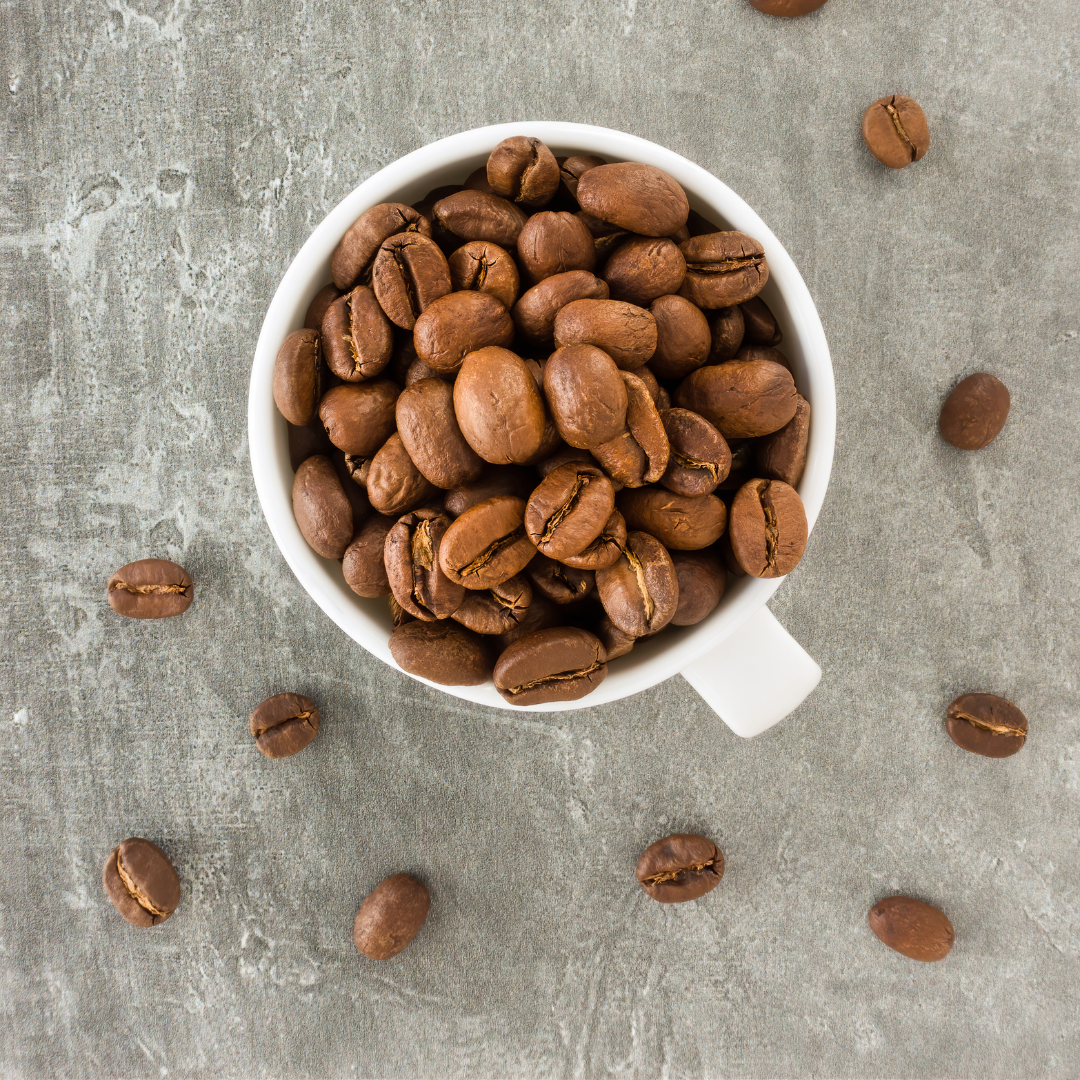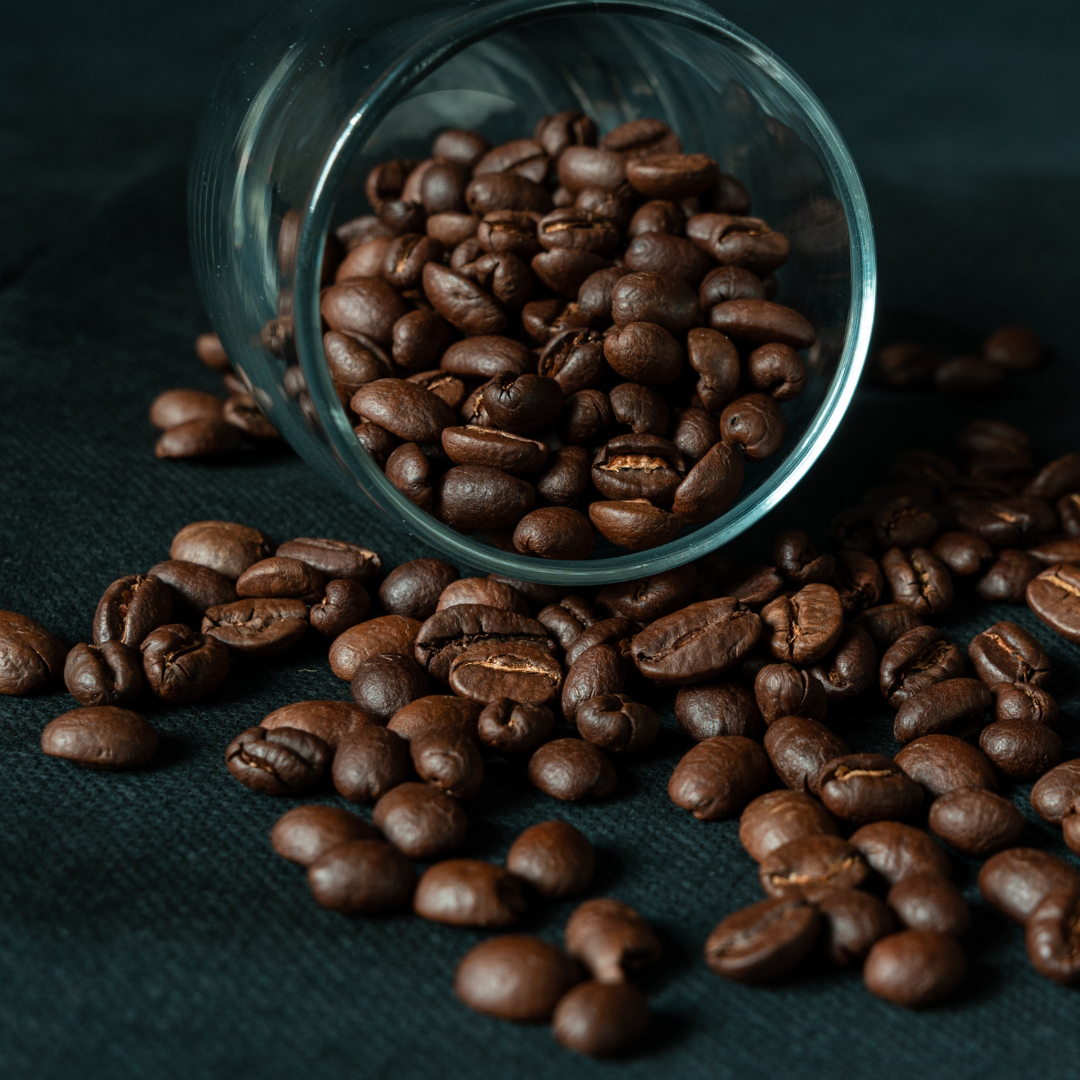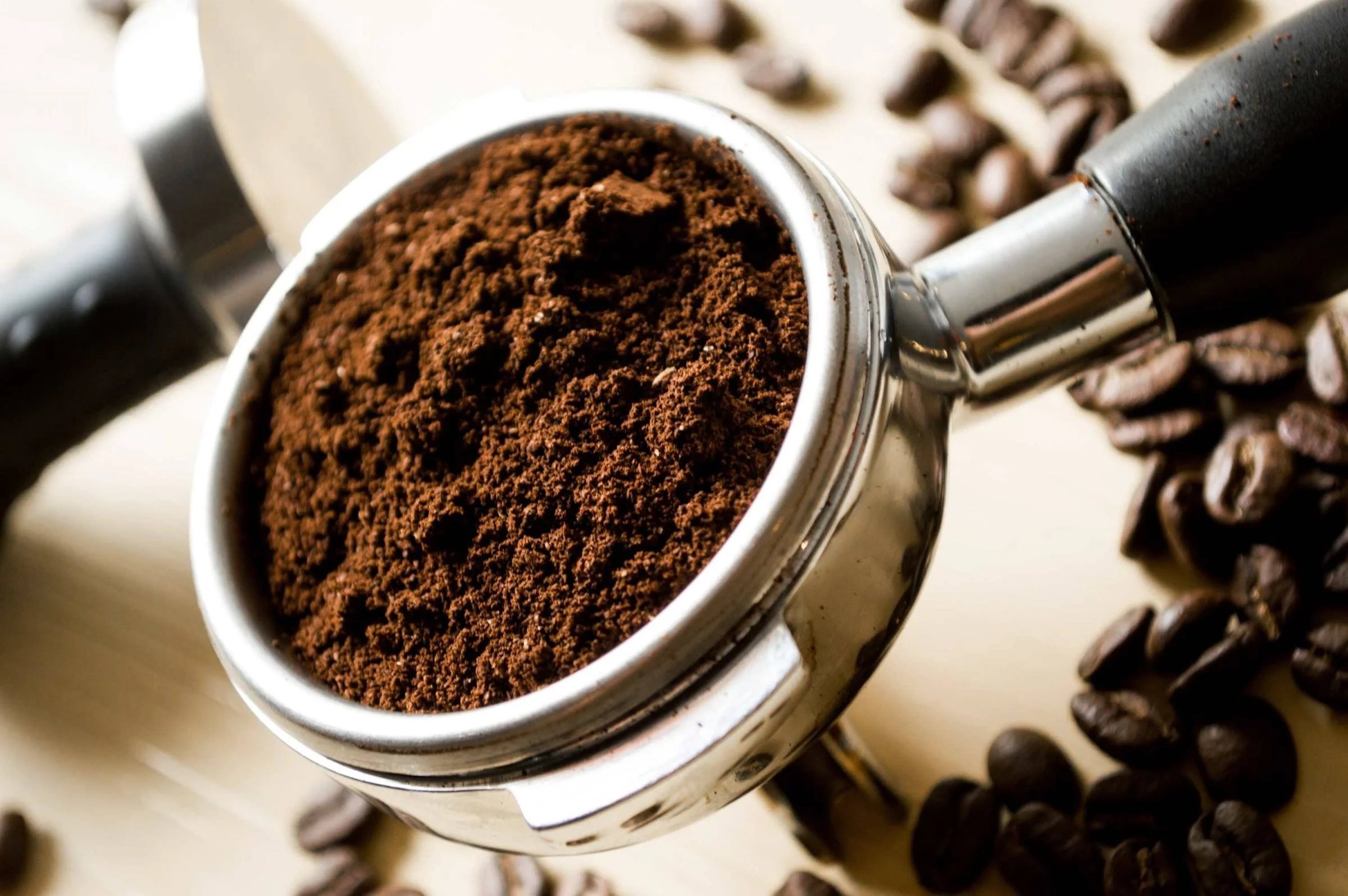Coffee Roasting - Unlocking Flavor in Specialty Coffee
By Aliisa Oake
Coffee roasting highlights what makes a coffee distinct - its origin, variety, processing method, and terroir - transforming green coffee beans into something aromatic, rich, and enjoyed by millions.
That’s why every bag of roasted coffee holds a unique flavor story, which develops through each stage of its journey, right up to how it’s brewed. From the type of coffee plant it comes from, to the way the cherries are processed, to how the green beans are roasted and finally prepared, every step adds something special. But the roasting process is what truly brings those flavors to life.
While roasting is often viewed as a craft, it’s also a scientific process. Specialty coffee roasters make thoughtful decisions based on each coffee’s origin, variety, and characteristics - doing their job with the intention of bringing out the best flavors of coffee beans.
In the specialty coffee world, roasting is a vital step in unlocking a coffee’s true flavor potential. Through precise control of time, temperature, and technique, green coffee beans that were once raw, dense, and grassy, are transformed into the complex, aromatic, and flavorful beans we all know and love.
In this blog, we’ll talk about a general overview of the roasting process and help you understand how different roast levels affect the flavor of your coffee.
Before the Roast - Green Coffee Beans
After harvesting coffee cherries and processing them using one of the three common methods (natural process, washed process, and honey process), the coffee beans are de-shelled, where parchment is removed, leaving green coffee beans. Although green coffee beans can typically stay fresh for up to 12 months after harvest, storage factors can influence this timeline and the flavor profile of the coffee before it’s roasted.
Some factors that are important to take into account when storing green coffee beans are the temperature, light level, and moisture level of the environment they are stored in. Green coffee beans are very porous, so the producer and roaster must keep environmental factors in mind. Anything that hasn’t been stored well at origin or in a roastery can end up tasting flat, musty, or moldy - affecting the flavor profile of the final cup in a negative way.
What Happens During Coffee Roasting?
Coffee roasting is the process of applying heat to green coffee beans and transforming them into the aromatic, flavorful beans that we use for brewing. When heat is applied to the beans, the minimal percentage of water inside of them begins to turn into steam, creating an internal pressure. As the beans go through the roasting, a key chemical reaction that occurs is the Maillard reaction, which happens between amino acids and reducing sugars. This process causes browning and is responsible for the development of many of the complex flavors that are found in roasted coffee.
The First Crack
As the roast progresses, the beans expand and pressure builds until it’s released. This is what’s known as the first crack, which to roasters, an audible popping sound signals a shift in the roast. The popping sound from the first crack is due to moisture escaping and gasses building up, also changing the flavor. A transition has now been made towards a lighter or medium roast level and the development stage.
Following the first crack is the development stage, which is where the roaster focuses on enhancing flavor. Sugars from coffee beans are caramelized and complex carbohydrates break down. Acidity and sweetness also become more defined and play an essential role in the final profile, or overall taste of the coffee. The roaster needs to make careful decisions in finishing the roast early for a crisp, vibrant cup, or continuing slightly for a sweeter, more balanced cup.
The Second Crack
To begin the steps beyond a medium roast towards a darker roast, the roaster applies a little more heat, leading to the second crack. The noise from the second crack is a softer and more subtle cracking sound that signals the start of a dark roast, where beans will start to take on bold or smoky flavors. By increasing the heat slightly and letting the coffee roast for longer, the roaster can manipulate the process and dramatically change the flavor of the roasted coffee. This needs to be done carefully, as a dark roast done incorrectly can lose its unique characteristics. Roasting a coffee too dark can overpower the flavors of its origin, leaving the coffee tasting burnt and bitter.
The Flavors of Roasting in Specialty Coffee
We asked Coffee Q Grader and national cupping champion of Guatemala, Dulce Barrera, a few questions about the roasting process to provide a better understanding of roasted coffee flavors.
Are there different flavor outcomes depending on the type of roast?
Yes, coffee roasting has a direct and profound impact on the flavor, aroma, body, and acidity of the final beverage. Depending on the roasting level, the beans develop different sensory characteristics.
How does roasting bring out different flavors in the coffee? How can it affect the body and sweetness in the cup?
For example, a light roast tends to be more acidic, fruity, and floral in flavor, with a lighter body. Coffee retains more of its original flavors, such as variety, process, and origin, especially for single-origin coffees. A medium roast offers a balanced flavor, with notes of caramel, nuts, and milk chocolate. A medium body develops a good expression of the origin, and the coffee’s development is sweeter. A dark roast offers a low acidity, more pronounced bitterness, and notes of dark chocolate, charcoal, and spices. A roasted or smoky aroma, with a denser, heavier body, and a higher level of development, with flavors from the roast predominating over those from the origin.
What kinds of roasts are normally used for specialty coffee?
For specialty coffees, medium or light roasts are used to balance the flavors, aromas, and acidity, resulting in a cleaner coffee and its flavor notes.
Does roast level matter when cupping specialty coffee?
Yes, it is very important to standardize the roasts … that is why the SCA (Specialty Coffee Association) tells us one of the main standards for tasting specialty coffee according to AGTRON is that we must use [level] 58 in beans and [level] 68 in ground beans to appreciate specialty coffees and be able to taste them in the best way.
What is AGTRON?
AGTRON in coffee is a color measurement system used to evaluate roasted coffee beans. This tool uses infrared light to determine the roast degree on a spectrum of color and roast level of coffee beans, ending up with a numerical value that corresponds with the darkness of the roast. The higher the AGTRON number, the lighter the roast is. This tool is helpful to maintain consistency and quality control, ensuring a desired flavor profile based on verifying the roast degree.
A Closer Look at De La Gente’s Roasted Coffee Categories
Specialty coffee is typically roasted to highlight flavors and qualities of the beans and avoid the burnt taste that masks some coffee flavors. Generally, the longer coffee roasts, the darker the coffee will be, and the more you move away from some of the natural flavors of the original coffee bean. De La Gente sells four different roast types depending on which region of Guatemala we source our coffee from and the flavors that are associated with each of these areas. These roasted coffee categories are medium roast, full city roast, dark roast, and espresso roast.
Medium Roast -
Medium roasts are the most popular roast level in specialty coffee, known for its balanced flavor. This roast features bright acidity, natural sweetness, and a flavor profile that highlights the coffee’s origin. It’s also considered a good middle ground between light and dark roasts, offering more body and development than a light roast, while preserving the bean’s original character better than a dark roast.
In terms of appearance, medium roasts have a medium brown color, with a smooth and slightly oily surface. This roast is not only versatile and crowd-pleasing, but also plays an important role in specialty coffee by maintaining the unique qualities of a coffee bean, showcasing terroir and variety while adding a richer body and balance to the cup.
Full City Roast -
Beans that are a full city roast are also sometimes classified as a medium-dark roast, sitting between the first and second cracks in the roasting process. At this roasting stage, the beans develop a greater body, increased sweetness, and a balanced, moderate acidity - offering more depth than a medium roast without reaching the boldness and smoky notes expected from a dark roast.
Visually, full city roast coffee is a medium-dark brown color with a faint oily surface, which indicates the deeper development of sugars and oils found naturally within the bean. This roast is typically only seen in the realm of specialty coffee because of the balance between the coffee’s natural origin flavors with roasted flavors, producing a rich and strong taste with a medium body and muted acidity.
Dark Roast -
Dark roasts are the second most popular roast category and are known for their deep color and bold flavor. Compared to medium roasts, dark roasts offer a heavier, smoother body with muted acidity and a distinct smoky or bittersweet flavor. They typically have a full-bodied flavor and lower acidity level, making them appealing to those who prefer a strong, robust cup of coffee.
Dark roasts can range from a dark brown to a nearly black color, often with an oily surface. While dark roasts were once used to cover up the quality of lower-grade beans, skilled specialty coffee roasters are redefining this roast category. When using high-quality, specialty coffee beans and applying precise roasting techniques, they can create dark roasts that are balanced, flavorful, and full of depth - which you can find in our Online Shop.
Espresso Roast -
Espresso roasts are typically darker roasts, crafted specifically for espresso preparation and espresso-based drinks. This is not as much of a specific roast level, but a roasting style that is aimed at producing a concentrated, full-bodied shot of coffee with a balanced mix of sweetness, acidity, and bitterness. These traits are often associated with darker roast profiles.
The espresso roast develops caramelized sugars and reduced acidity, making it ideal for espresso brewing. The richer, bolder flavors are well-suited for milk-based coffee beverages like lattes and cappuccinos, where the roasted coffee flavors can shine through.
The Bigger Picture - Why Coffee Roasting Deserves Attention
In specialty coffee, the initial phases of coffee cultivation, from coffee cherry selection to harvesting and processing, are just as important as the roasting process. Every step along the way contributes to the flavor and quality of the final cup. A thoughtful roast amplifies what’s already there, which is the coffee’s variety, origin, processing method, and most importantly - the story of the farmer who grew it.
At De La Gente, we make sure to work directly with our roasters so that every bag of coffee celebrates the stories of our partner coffee producers. By carefully roasting coffee grown by our partner producers, we bring out distinctive flavors that reflect their land, labor, and legacy. The result is a freshly roasted, specialty coffee with purpose - a cup that’s as meaningful as it is delicious.
Sources
AGTRON information - https://www.cafeinadoshub.com.br/post/agtron-roasted-coffee-analysis-scale


